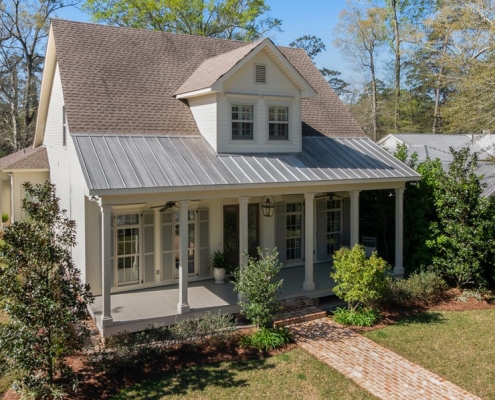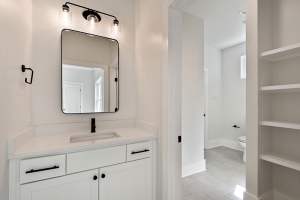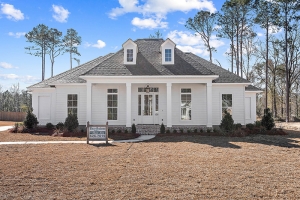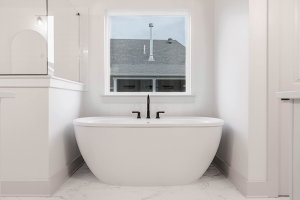For the first time in the past year or so, builder confidence has moved into the positive range. The confidence booster is due to the heavy buyer demand, low home inventory and the increase in productivity in the supply chain. The National Association of Home Builders had a lot of great data to share about the housing market.
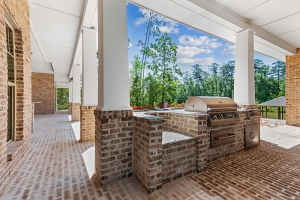
As of June 2023, builders’ confidence in newly-built single-family homes rose to fifty-five points. According to the National Association of Home Builders (NAHB)/Wells Fargo Housing Market Index (HMI) this is the sixth straight month that there has been an increase in builder confidence.
“Builders are feeling cautiously optimistic about market conditions given low levels of existing home inventory and ongoing gradual improvements for supply chains,” said NAHB Chairman Alicia Huey, a custom home builder and developer from Birmingham, Ala. “However, access for builder and developer loans has become more difficult to obtain over the last year, which will ultimately result in lower lot supplies as the industry tries to expand off cycle lows.”
“A bottom is forming for single-family home building as builder sentiment continues to gradually rise from the beginning of the year,” said NAHB Chief Economist Robert Dietz. “This month marks the first time in a year that both the current and future sales components of the HMI have exceeded 60, as some buyers adjust to a new normal in terms of interest rates. The Federal Reserve nearing the end of its tightening cycle is also good news for future market conditions in terms of mortgage rates and the cost of financing for builder and developer loans.”
